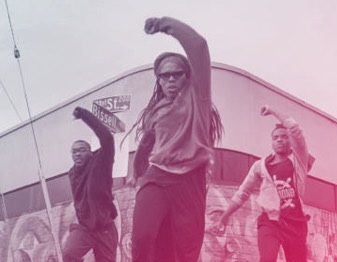One highlight of this year’s Jewish Film Festival is a group of films collected in a category called People of the Book.
That’s a little play on words there. It comes, originally, from the Koran: the people being Jews and the book being the Torah. Or Christians and the Gospels. But mostly Jews, a blessedly intellectual bunch, who found a way to like the sound of that and somewhere along the line started saying it about themselves also. And not just in reference to books of prayer but to books in general, as the title of this festival subsection suggests. Usefully, it contains five motion-picture portraits of writers.
Of course this necessitates an acknowledgment of some fundamental differences between reading and going to the movies. “Filmmakers take on a major challenge when they endeavor to bring writers to life on the screen,” says SFJFF Executive Director Peter L. Stein. “The writer’s craft is non-visual, a writer’s work habits are solitary and his or her art intended for audiences as an interior, not a communal, experience.”
So what’s a filmmaker to do? Show them writing! Interview them in front of their bookshelves! Throw a camera on your shoulder and take a walk with them, encouraging the vocalization of profundities!
You might be surprised how well this works. The key, probably, is starting with good writers. With Israeli novelist Amos Oz, for instance, in Amos Oz: The Nature of Dreams, you get him saying, among many other things, that if he could have a role in peace talks it would be to tell the sound technician to turn off the mic anytime anybody mentions the past.




